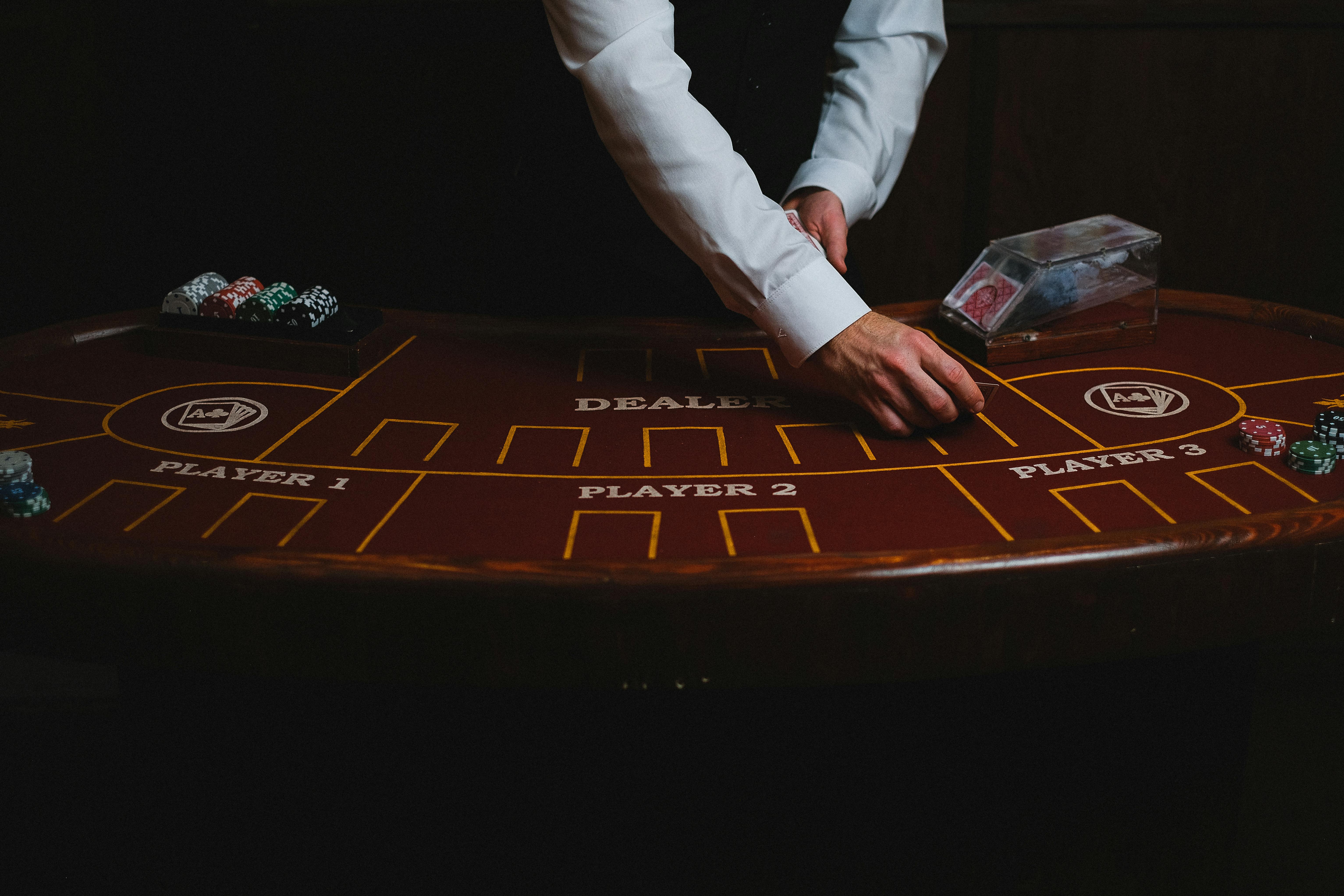For several decades, Kitty Genovese has been famous to many psychology students, psychologists, and anyone interested in psychology. Kitty was an American woman who became famous for her murder. She was stabbed to death in New York. What was so interesting about her murder was the reaction of her neighbors, which caused a psychological phenomenon to be named: the bystander effect or “Genovese syndrome”.
On March 13, 1964, Kitty was driving home around 3:15 am She parked about 100 feet from her front door. As she walked to the door, Winston Moseley approached her. Moseley caught up with her and stabbed her twice in the back. kitty yelled. Her screams were heard by several neighbors. But it was a cold night, many had their windows closed, and few recognized it as a cry for help. One of the neighbors yelled at Moseley, “Leave that girl alone.” Moseley ran away and Kitty headed to her apartment. Kitty was seriously injured, in full view of her neighbors, but no one helped her.
Some called the police, but they did not give it much priority, as it was thought that she had “just” been beaten. Witnesses watched Moseley get into her car and drive away from her. He then returned ten minutes later to find Kitty barely conscious at the back of the building. Out of sight, he tied her up again, stabbing her several more times. He tried to defend himself against her, as evidenced by the stab wounds on her hands. He sexually assaulted her as she lay dying. He also stole money from her and left her to die. The attacks lasted more than half an hour.
Minutes later, a witness called the police. The police and ambulance arrived, but he died on the way to the hospital.
The media then reported that 38 people had witnessed or heard his attack. The New York Times published an article: “Thirty-eight who saw a murder did not call the police.” This led to a media frenzy and much psychological research. What had possessed these witnesses to do NOTHING while Kitty was being stabbed and killed?
Kitty’s murder also prompted psychological investigations. This psychological phenomenon became known as bystander apathy, bystander effect, or Genovese syndrome. It is basically a phenomenon where someone is less likely to intervene in an emergency situation when other people are present and able to help, than they would if they were alone.
A single person is more likely to intervene if someone needs help: a bystander intervention. In 1968, John Darley and Bibb Latane studied the bystander effect in the laboratory. One participant was left alone in a room and told to communicate with other participants through an intercom. Actually, he was just talking about a recording. During the study, a participant suddenly fakes having a seizure. They found that the amount of time that elapses before a person seeks help varies according to the number of participants perceived to be around. In other words, the more people we believe are also witnessing an event, the slower the person is to deal with the situation on their own. So if you have a large group of people watching an emergency, we would expect them to be less likely to help, we expect others to help!
Other examples of this bystander effect have been shown. In 1972, Wolfgang Friedmann was assassinated in broad daylight and bled to death. In 1995, Deletha Word died after witnesses failed to apprehend her attacker. James Bulger was also another highly publicized case, where James was kidnapped from a busy shopping mall.
Why did this happened? There is another psychological idea of diffusion of responsibility, which leads to social loafing. People may assume that others in the group are better qualified to help than they are, for example. A doctor, a police officer, etc., so they are not necessary. They may not want to “lose face” in front of others in the crowd, when a “senior” helper offers help instead. Another suggestion is for people to watch the reactions of others in a crowd to see how they react to the emergency situation. They use this to decide whether to intervene. However, if everyone else in the crowd is doing the same things, is anyone going to help?
So what do you do if you’re the one being attacked? The best suggestion is to pick a specific person out of the crowd and ask them to “call the police” so you know it’s YOUR responsibility.
So back to Kitty. Her death led to reform in the New York Police Department’s telephone reporting system. It led to a lot of media coverage about how we respond to emergencies. It led to a great deal of psychological research. Kitty’s death also led to the formation of neighborhood watch schemes. So Kitty’s death led to some good and useful results.
However, new research has suggested that Kitty’s murder did not go as reported. There were only 12 actual witnesses, not the reported 38. In 2007, three British investigators investigated this murder again. Manning, Levine and Collins contested this iconic event. They have not found evidence of the presence of 38 witnesses, when examining documents from the time. They have been unable to find evidence that the witnesses remained inactive.
The story of Kitty Genovese has become an urban myth or a modern parable that tells us how to deal with emergency aid. The research of Manning, Levine, and Collins will be an interesting addition to all psychology students and teachers alike. New textbooks will be coming out soon, no doubt!

